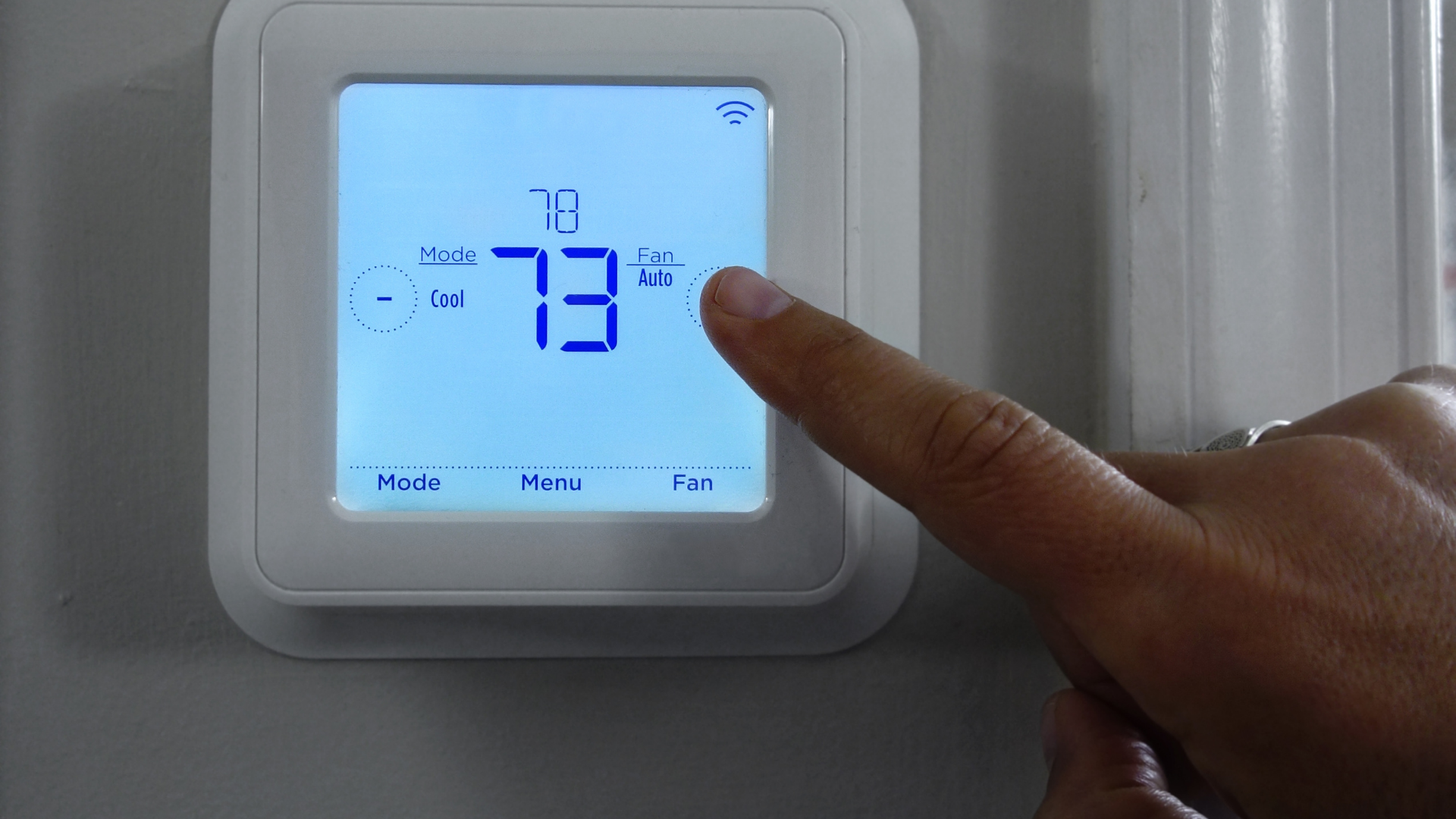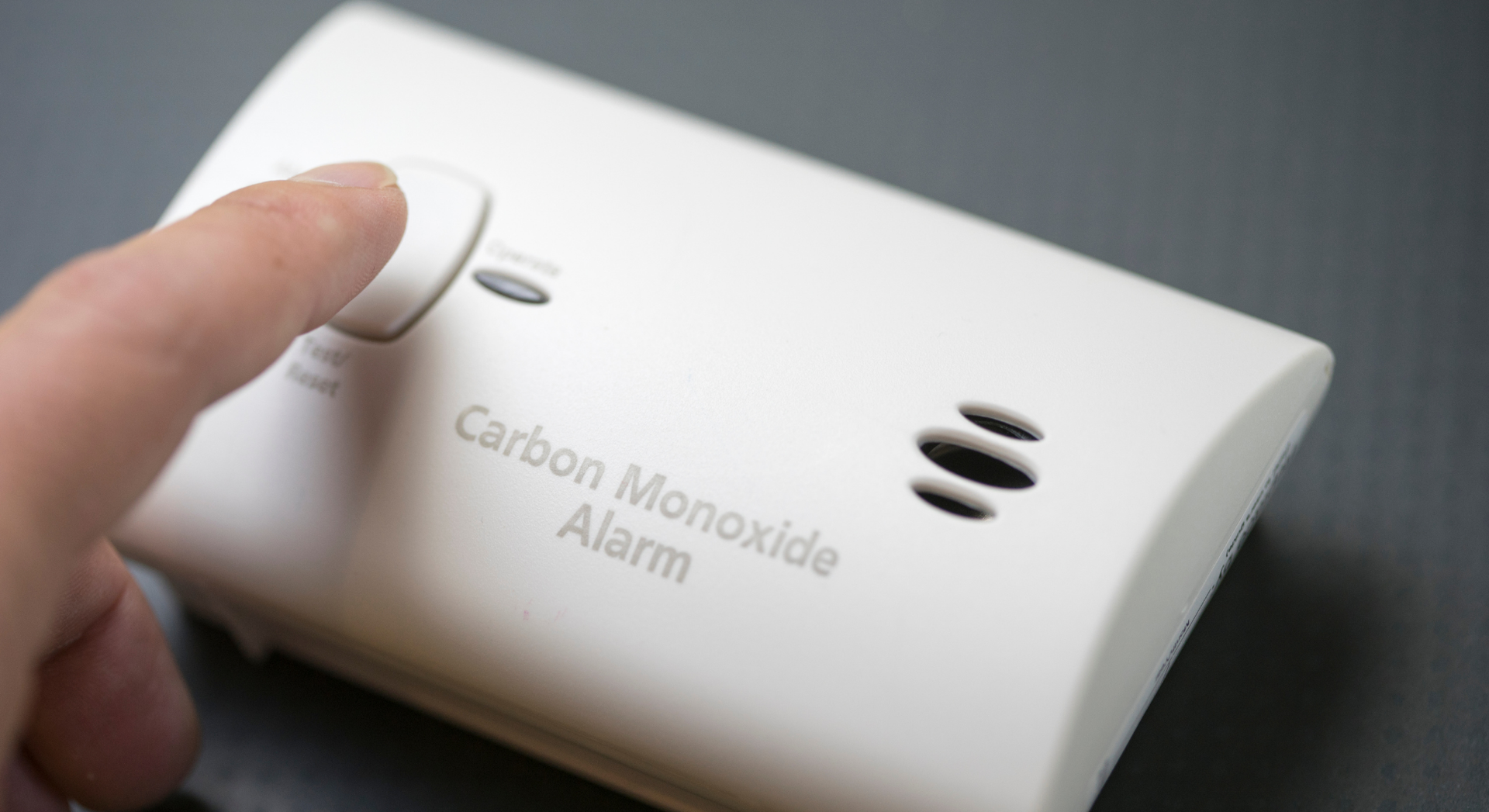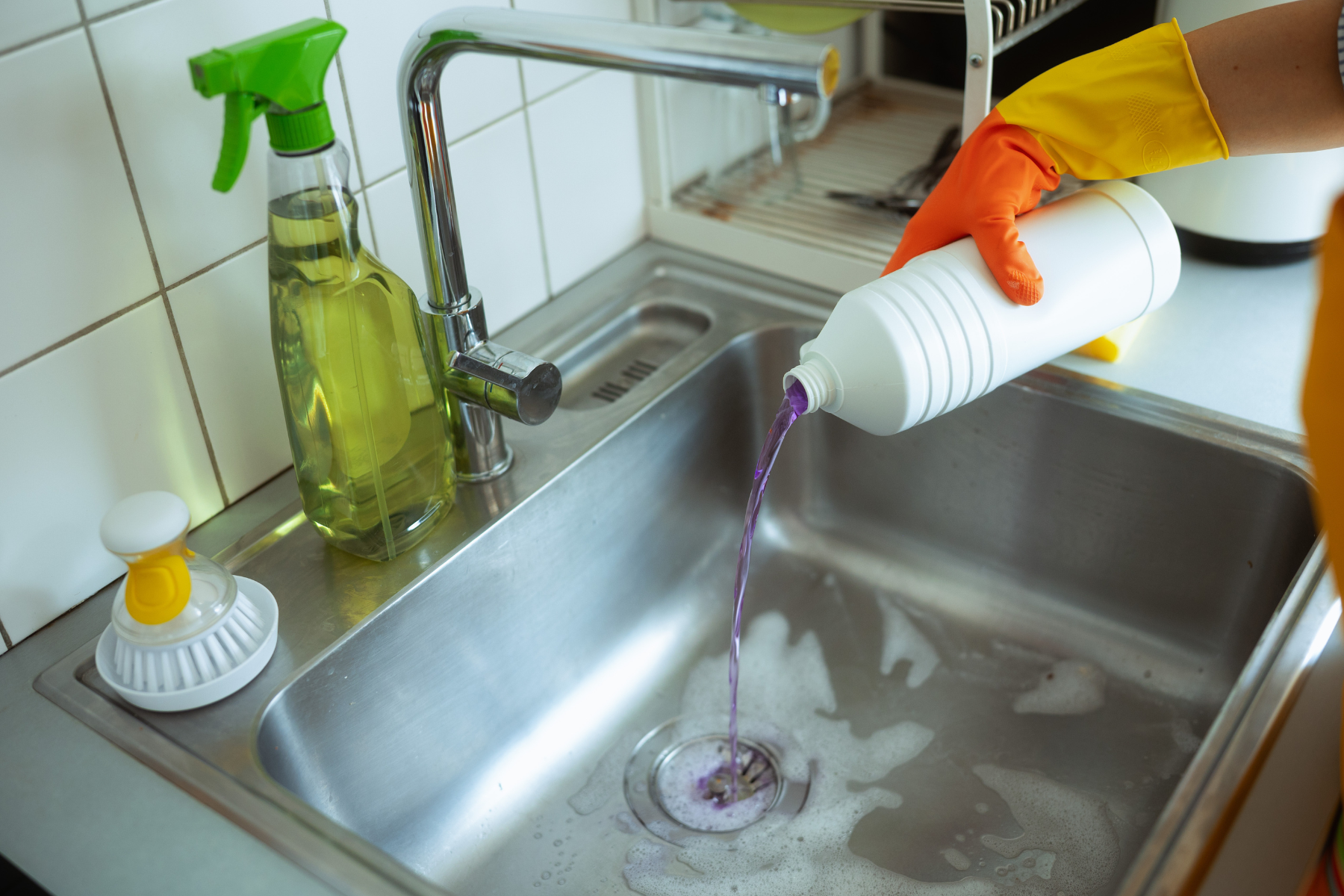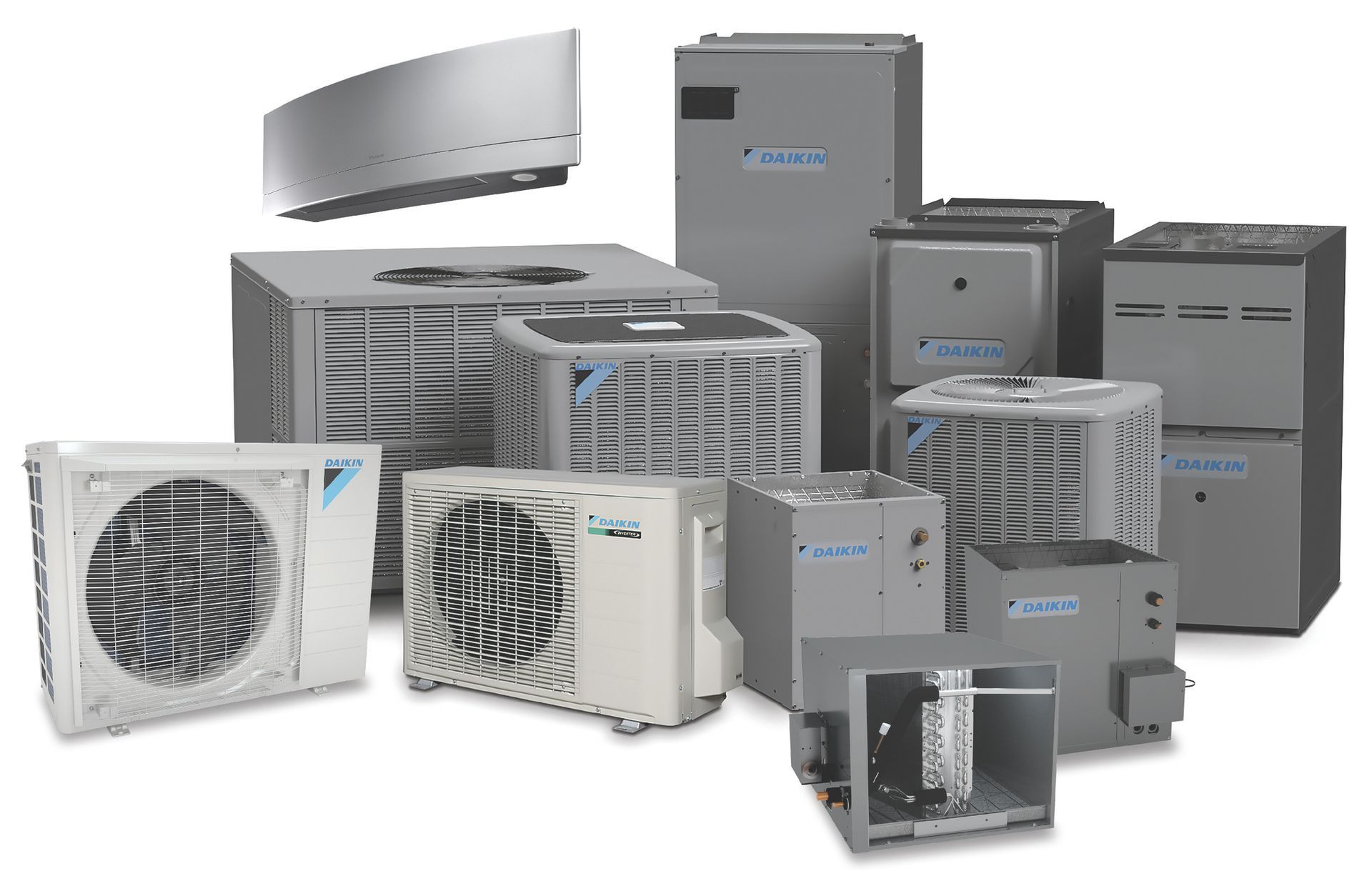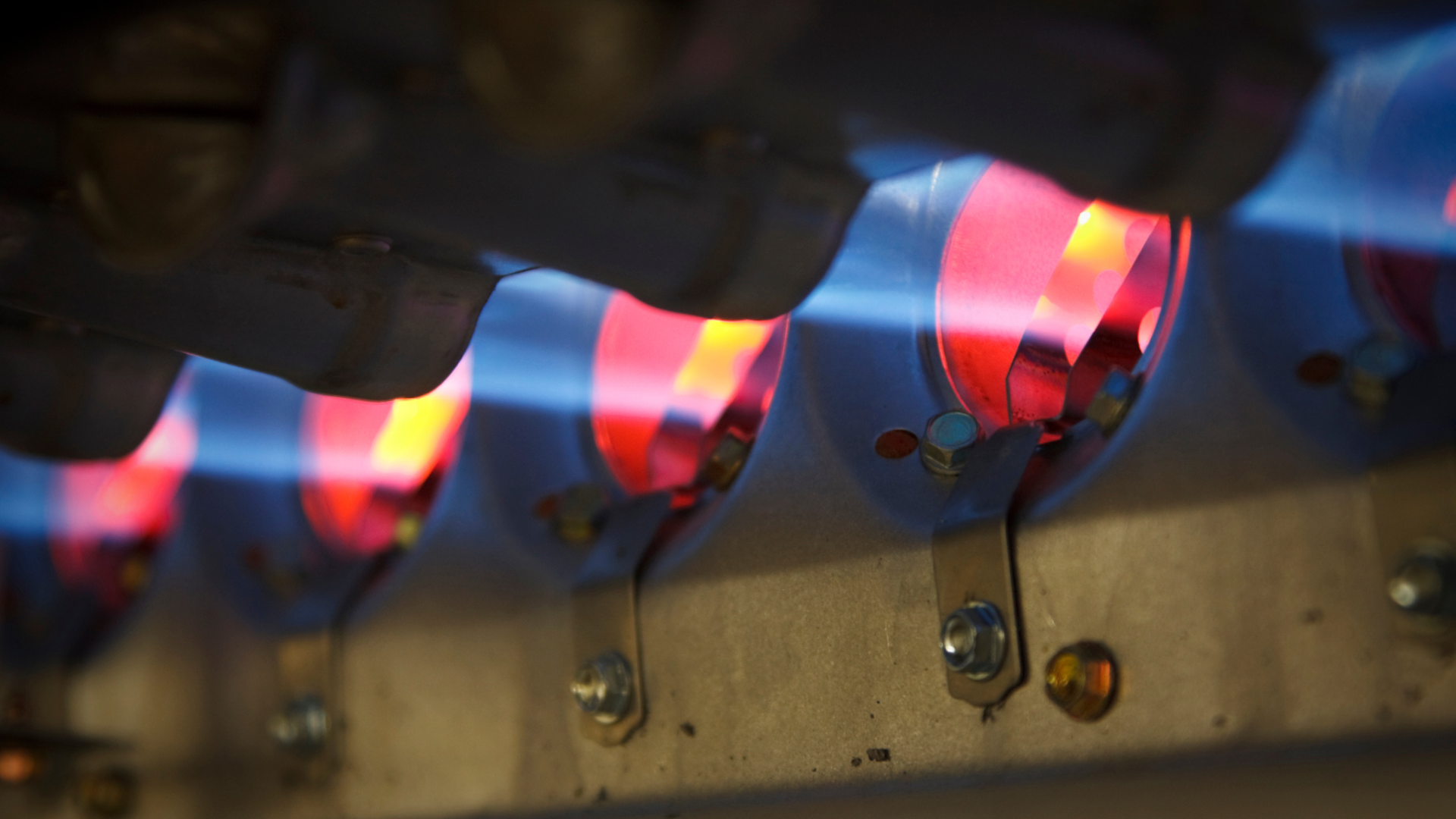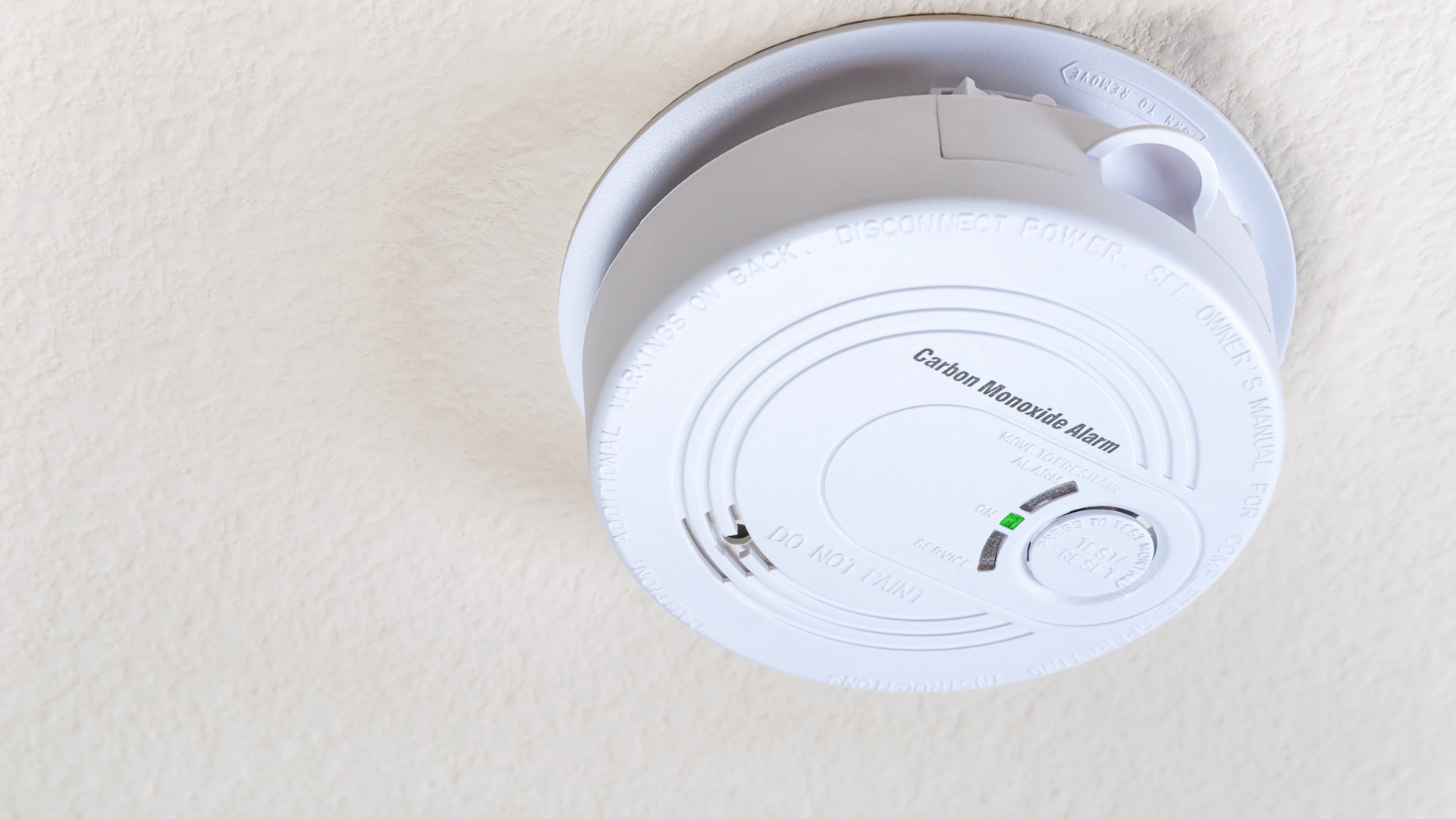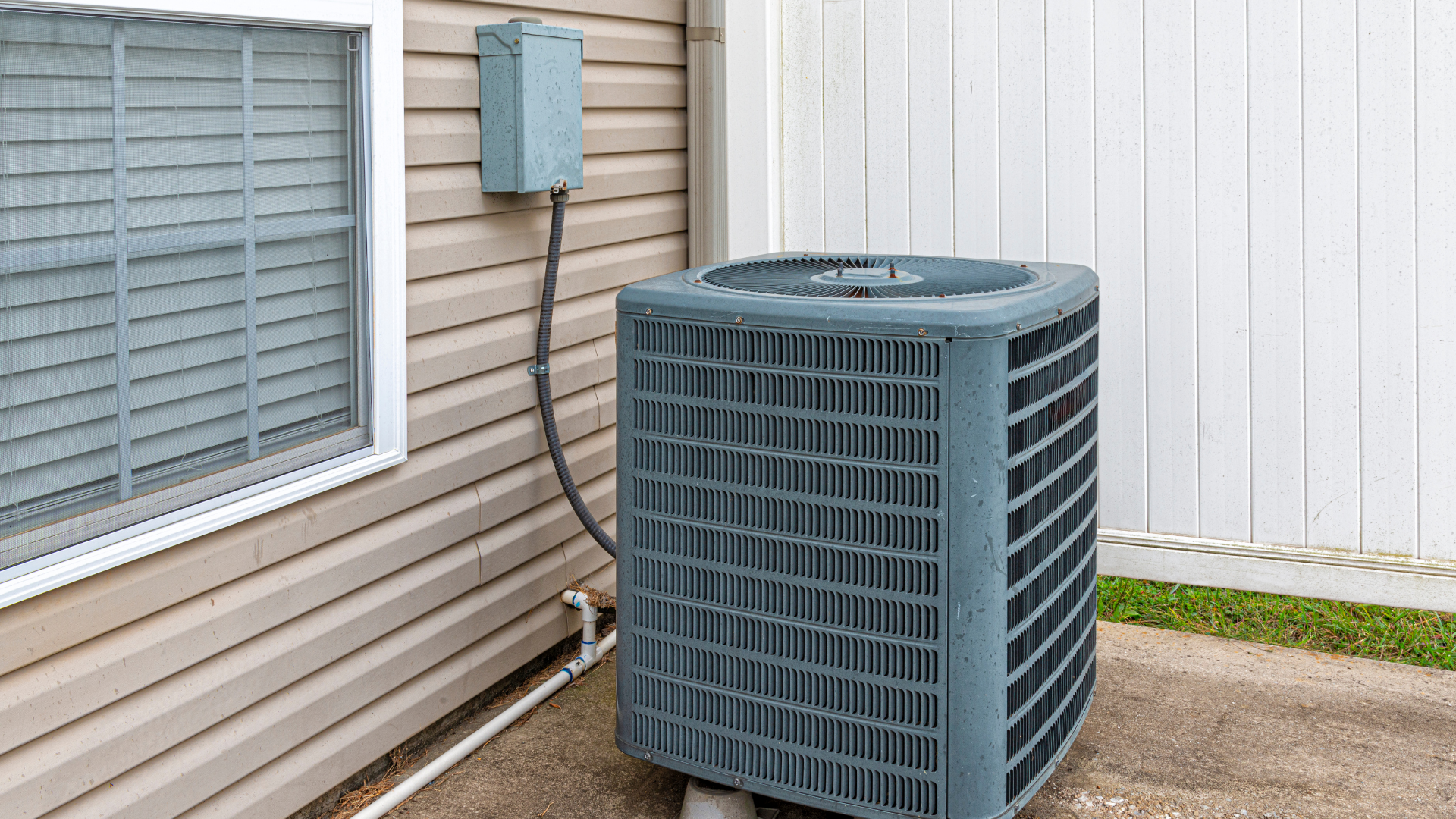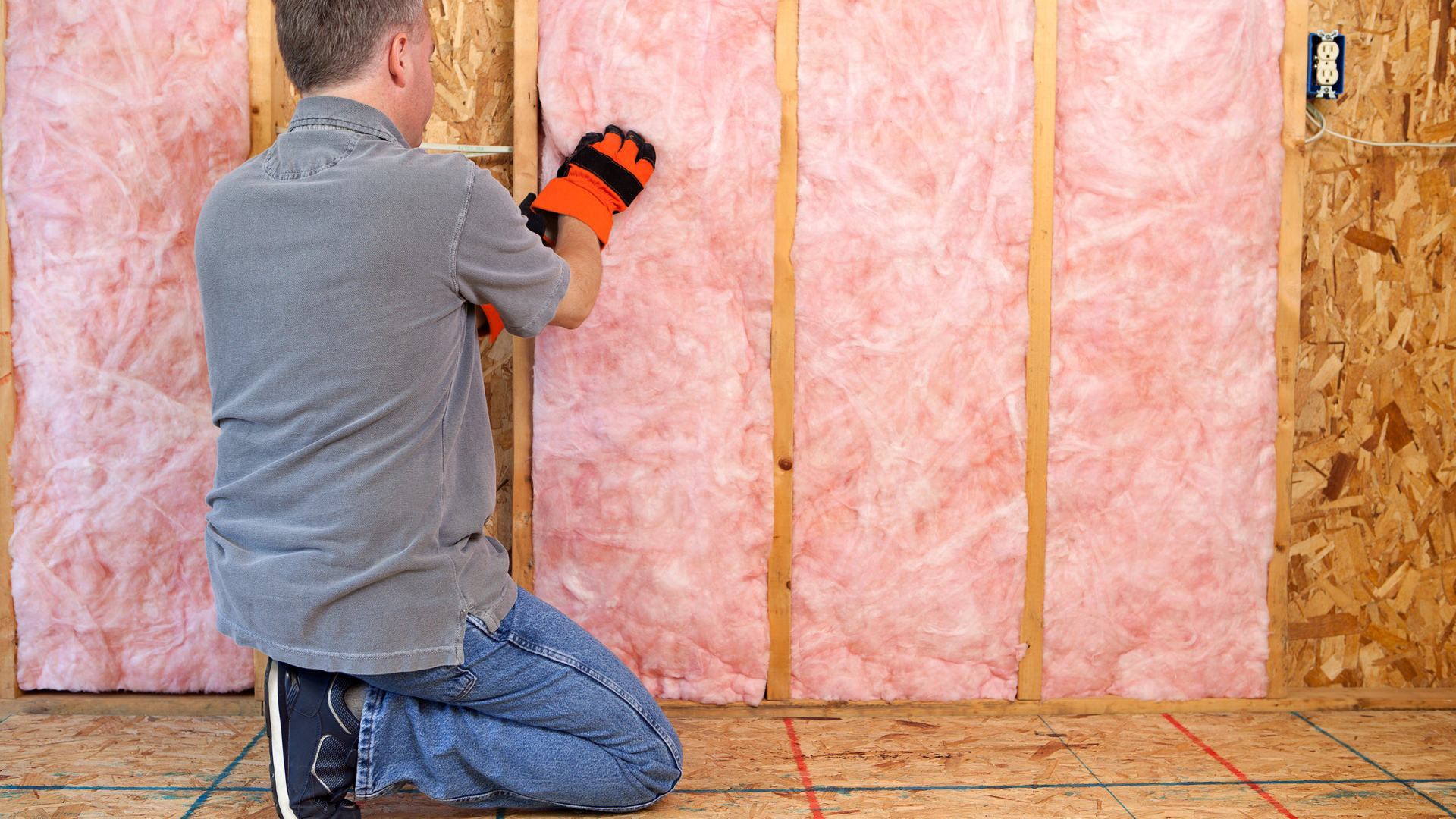Beating the Heat the Eco-Friendly Way: A Guide to Evaporative Coolers
A Guide to Evaporative Coolers
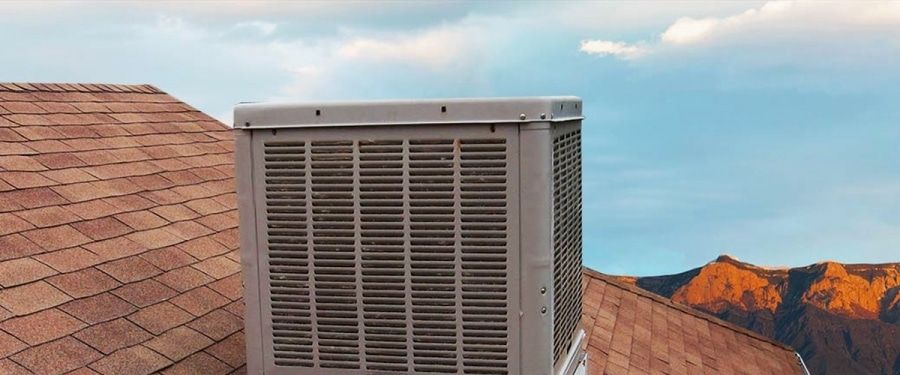
When summer temperatures rise, finding an efficient and affordable way to keep your home comfortable is a top priority. While central air conditioning is a common choice, homeowners in specific climates often turn to evaporative coolers, also known as "swamp coolers," for their unique benefits. This guide will explain how they work, where they're most effective, what costs to expect, and the maintenance they require.
How an Evaporative Cooler Works
Evaporative coolers operate on a simple, natural principle: the cooling effect of evaporating water. Think of how you feel cooler after stepping out of a swimming pool on a breezy day. That's evaporative cooling in action!
Here's a breakdown of the process within a swamp cooler:
- Air Intake: A fan draws warm, dry outdoor air into the cooler unit.
- Water-Saturated Pads: This air passes through a series of water-saturated pads, often made of fibrous materials like aspen or cellulose.
- Evaporation: As the warm, dry air moves over and through these wet pads, the water absorbs heat from the air and evaporates, changing from a liquid to a gas. This phase change requires a significant amount of heat energy, which is drawn from the air, causing its temperature to drop.
- Cooled, Humidified Air: The now cooler and slightly more humid air is then blown into your home through the ductwork or directly from a window/wall unit.
- Ventilation: Unlike traditional air conditioners that recirculate indoor air, evaporative coolers require an open window or vent somewhere in the house to allow the humidified air to escape. This constant flow of fresh air is a key characteristic of swamp cooler operation.
A small pump continuously circulates water from a reservoir to keep the pads saturated, and a float valve typically controls the water level.
Where Are Evaporative Coolers Used?
Evaporative coolers are highly effective in hot, dry climates. Their performance is directly tied to the humidity of the air. The drier the air, the more readily water can evaporate, and thus, the more significant the cooling effect.
Therefore, you'll commonly find them in:
- Arid and Semi-Arid Regions: The American Southwest (Arizona, New Mexico, Nevada, parts of California, Utah, Colorado) is prime territory for evaporative coolers, where low humidity and high temperatures are the norm.
- Mountain States: Similar to the Southwest, many mountain states also experience dry heat, making swamp coolers a viable option.
They are not recommended for humid climates (like the Southeastern U.S. or coastal areas) because adding more moisture to already humid air can make the indoor environment feel clammy and uncomfortable, rather than cool. They can even contribute to mold growth in such conditions. A general rule of thumb is that if the outdoor wet-bulb temperature frequently exceeds 72°F (22°C), an evaporative cooler may not be effective.
Cost to Buy and Operate One
Evaporative coolers are generally more affordable to purchase and operate than traditional compressor-based air conditioning systems.
1. Purchase and Installation Costs:
- Portable Units: These are the least expensive, ranging from $100 to $1,500. They're designed for cooling small areas or single rooms and don't require professional installation.
- Window or Wall-Mounted Units: These can cost between $350 and $1,100 for the unit. Installation can be a DIY project for handy homeowners or cost $200-$500 for professional help.
- Whole-Home (Ducted) Units: These are the most expensive upfront due to their larger size and the need for professional installation.
- Unit Cost: $400 - $1,900
- Installation Labor: $750 - $1,500
- Total Installed Cost: Generally ranges from $1,100 to $3,600. Roof-mounted (down-draft) units are common, but ground-mounted (up-draft) options offer easier maintenance access.
Factors influencing cost include the unit's cooling capacity (measured in Cubic Feet per Minute or CFM), brand, and any additional features like variable speed settings or remote controls.
2. Operating Costs:
One of the most attractive aspects of evaporative coolers is their energy efficiency.
- Electricity: Swamp coolers use significantly less electricity than central air conditioners, often as little as 25% of the energy. This translates to substantial savings on your electricity bill, potentially $50 to $300 annually for residential users.
- Water Usage: Evaporative coolers require a continuous supply of water. A residential unit can use anywhere from 3 to 15 gallons of water per hour. Depending on usage frequency and local water rates, this could add $25 to $120 to your annual water bill. In areas facing water shortages, this water consumption can be a concern.
Maintenance Requirements
Regular maintenance is key to ensuring your evaporative cooler operates efficiently, extends its lifespan, and prevents issues like odors or mineral buildup.
Seasonal Start-Up (Spring):
- Uncover and Inspect: Remove the winter cover and visually inspect the unit for any debris, damage, or loose connections.
- Clean Water Pan: Thoroughly clean out the water pan at the bottom of the unit to remove any sediment or mineral deposits. A mixture of water and vinegar can help dissolve stubborn buildup.
- Check Motor and Belt: If applicable, lightly oil the blower bearings and motor (if it has oil receptacles). Check the fan belt tension; it should have about a half-inch of give when pressed.
- Replace Cooling Pads: This is one of the most important maintenance tasks. Cooling pads (also called media or filters) should be replaced at least annually, or more often in areas with hard water. Old, dirty, or mineral-laden pads reduce efficiency and can cause musty odors.
- Check Water Line and Float Valve: Reconnect the water supply line and turn on the water. Ensure the float valve is working correctly to maintain the proper water level in the pan (typically about an inch below the overflow pipe) and isn't sticking, which could lead to continuous water waste.
- Test Operation: Turn on the pump first to saturate the pads, then the fan, to ensure proper water distribution and air circulation.
Regular Mid-Season Maintenance (Weekly/Bi-Weekly during use):
- Clean Water Tank/Reservoir: For portable or window units, drain and clean the water tank weekly to prevent mold and mineral buildup. For whole-home units, ensure the main pan is free of debris.
- Check Pads: Inspect the cooling pads for excessive mineral buildup or signs of deterioration. If they're heavily crusted, they'll need cleaning or replacement.
- Ensure Proper Airflow: Make sure windows are slightly open to allow humid air to escape, ensuring efficient cooling.
Seasonal Shut-Down (Fall/Winterization):
- Drain All Water: Turn off and unplug the unit, then fully drain all water from the reservoir and the supply line to prevent freezing and potential damage.
- Clean Thoroughly: Clean the water pan, pads (if you're going to reuse them after drying), and the unit's exterior. Allow all components to dry completely.
- Disconnect Components: Disconnect the pump and motor if possible and store them according to manufacturer instructions.
- Cover the Unit: Place a breathable, weather-resistant cover over the entire unit to protect it from the elements during the off-season.
By understanding the mechanics, ideal applications, costs, and maintenance of evaporative coolers, homeowners in appropriate climates can leverage this energy-efficient cooling solution for a more comfortable and budget-friendly summer.
Click Another Article to Read More


